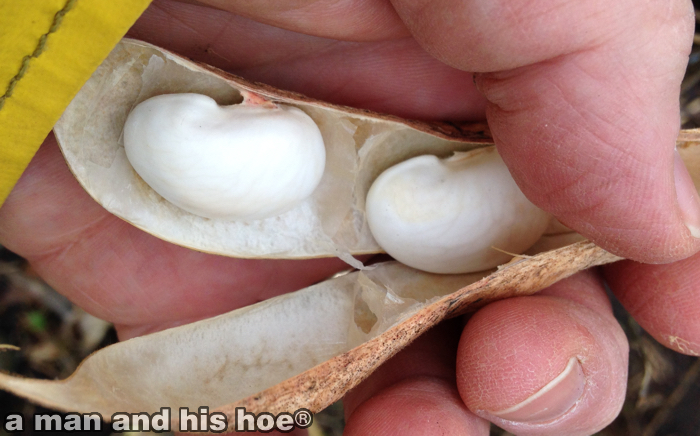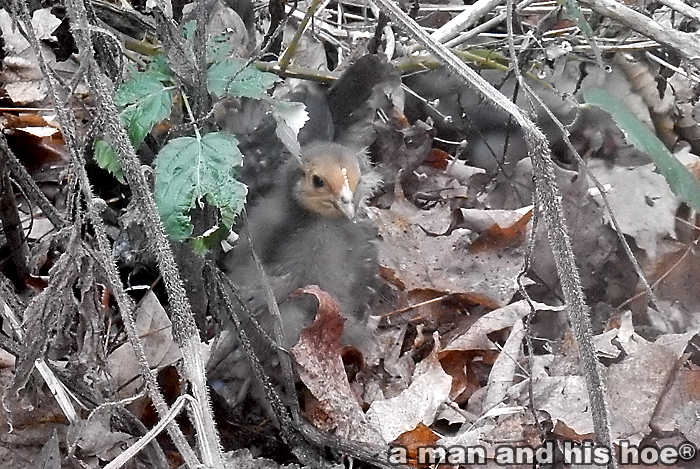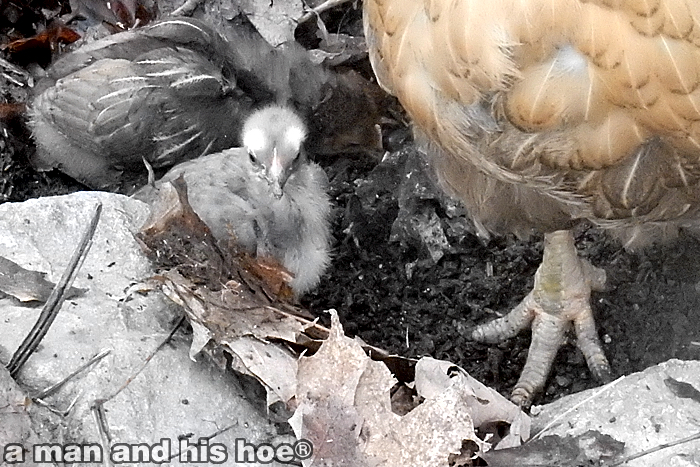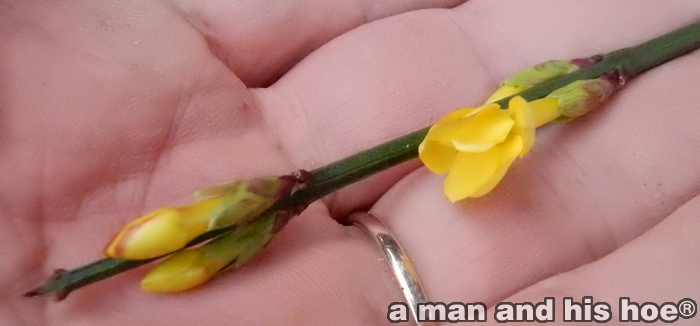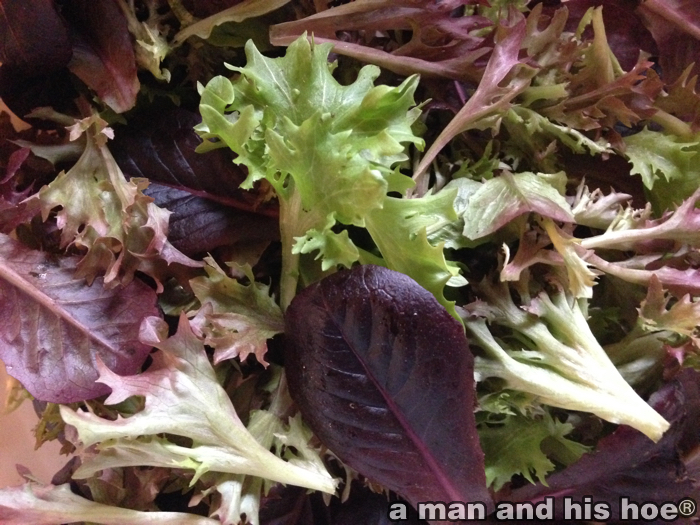
Despite the hard freezes of last week, the lettuce in the hoop house is doing well. What’s not to smile about when there are fresh greens for lunch? For Miasa and her growing chicks, happiness is a feeder full of grain.

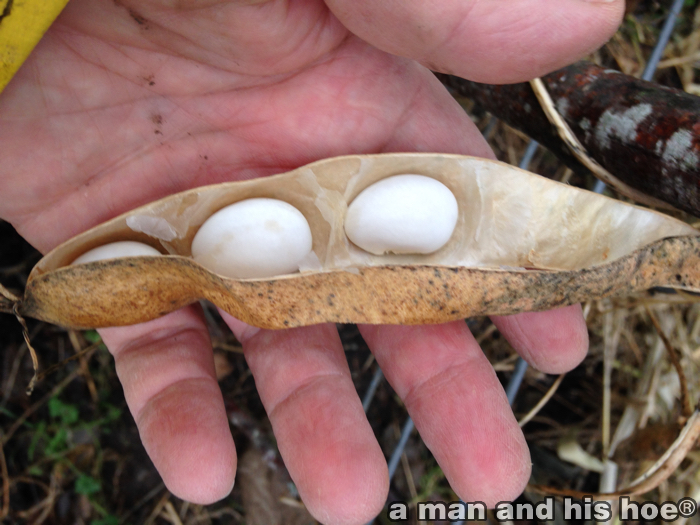
Happiness is finding a few last beans while pulling the vines off the trellises the beans grew on during the summer. Unwrapping the vines makes you wonder why the beans do what they do. They grow vigorously, wrapping endlessly around anything that will take them higher and higher. Then they flower, grow plump white beans, and die. I’m glad they do it. The beans are wonderful. But what’s in it for the beans? Are they happy while the grow? Are they competing with each other to see who can put out the most beautiful blossoms, the biggest leaves, the longest vines, the fattest beans? Only the beans know.
